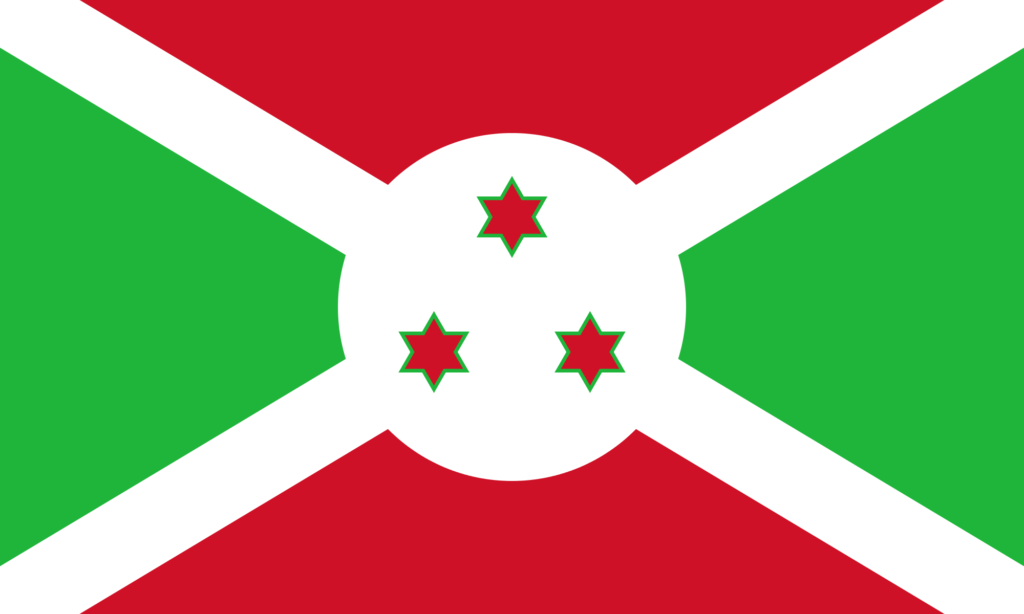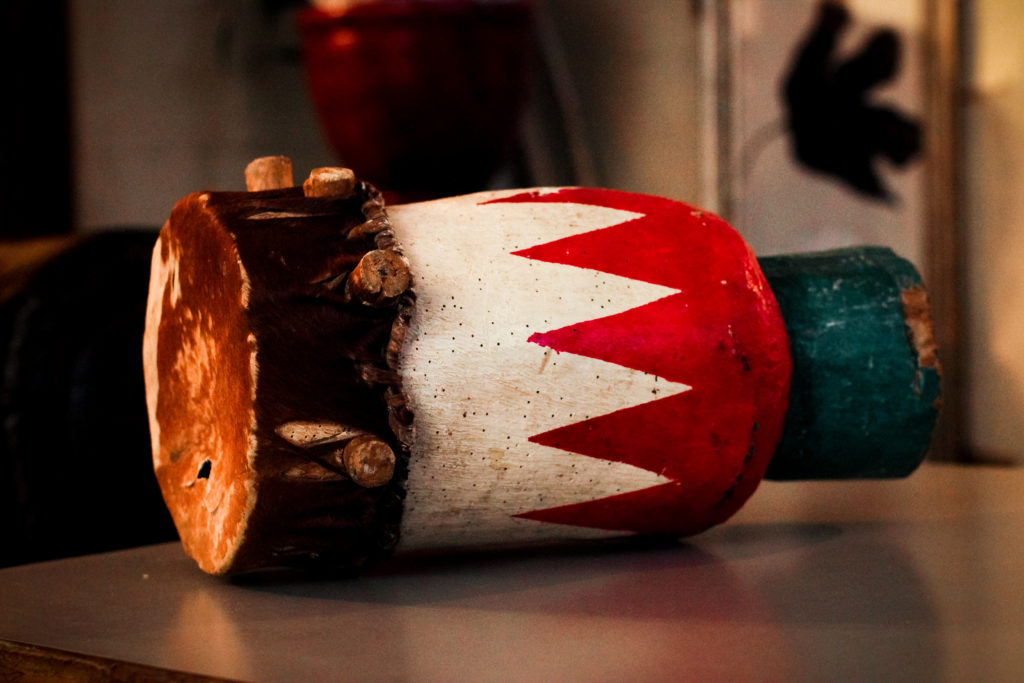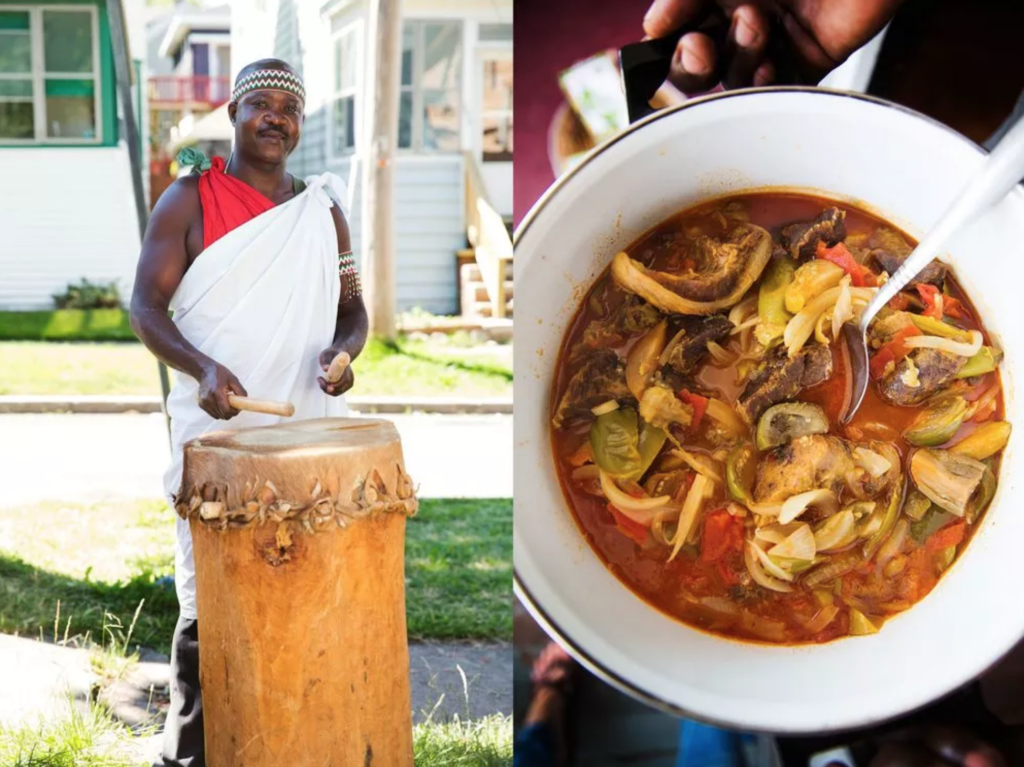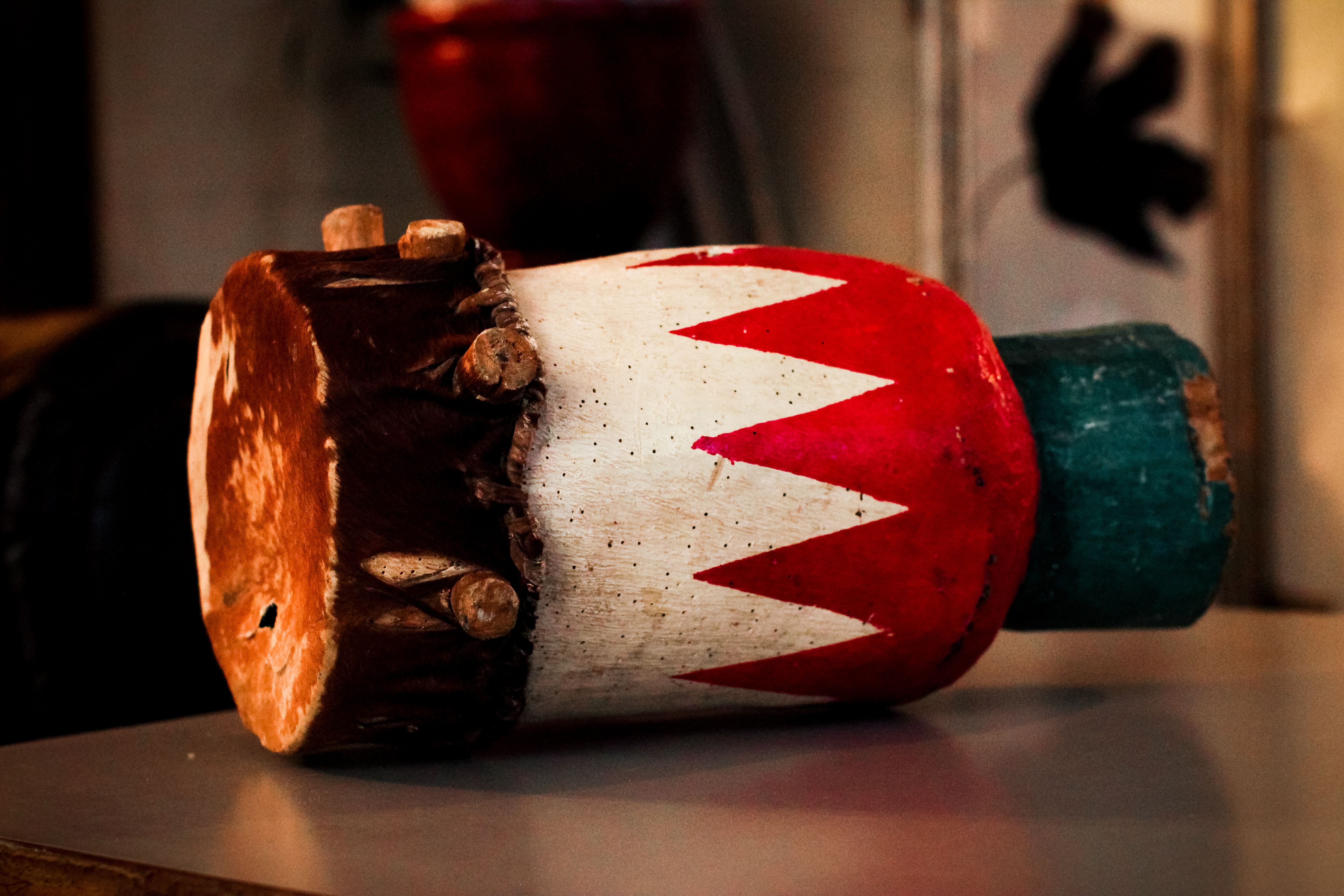Performers
Francis, Solange and Beatrice Muradi, Furaha Clavella and Baraka Philippe
Art Form
Burundian Drums
Region
Burundi (East Africa, south of Rwanda)
The population of Burundi is just over 11.4 million, with over 62% being Catholic, and the national languages being French and Kirundi. Burundi is a relatively young nation, mortality rates taking a toll on its population, almost half of its population is between the ages of 1 and 14. It’s a country that struggles financially, but Beatrice, the eldest daughter of Francis and Solange, originally from Burundi, wants people to know that it’s, “full of people who just like to express who they are, but because there’s something that suppressing them, they just can’t.” Beatrice’s father, Francis, was only three years old when he left Burundi. They stayed in a refugee camp in Rwanda for 18 years and then another camp in Tanzania until 1990, before coming to the United States when Beatrice was 12.
When the family came to the United States, it wasn’t only a culture shock, but a shock to their bodies as well. They had gotten used to unprocessed food in Tanzania, and the pre-packaged, processed food often made them sick. Beatrice says that even now, she’s cautious about what her body can handle. Even though they’re a long way from their home country, they find ways to have a piece of Burundi in Syracuse, New York. They grow their own produce and butcher their own livestock at their farm just outside of Syracuse.

Beatrice later adds, “Yes [Burundi] is poor…and there is so much suffering, but at the end of the day, people get together…It feels like all the problems they had, it disappears.” That’s where the drums come in. Beatrice mentions that music in America is very individualized whereas Burundian music is very community based. She loves that. She loves how it brings her family together. Even when their lives get hectic and busy, her parents will make time for music and family. Francis and Solange will pull the kids out of school for the day so they can all play together.

Photo by Ming Rose Cooke ’18
The drums are a symbol of Burundian pride. “Ingoma” means “drum” in Kirundi, the official language of Burundi. The instruments were sacred in ancient Burundi, ceremonial, more recently, celebratory. “When that drum is playing, it’s like you’re watching somebody else dancing,” Beatrice explains, “…just trying to feel their emotions.” They’re played at weddings, graduations, dramas, celebrating a new birth, etc. “Whenever someone gives birth, that’s a big thing for us.”
When someone is particularly good at playing the drums, it’s fairly obvious from the extra flare that’s added during a performance. “There’s people who put the drums on their head, and they kick their feet on the drum! I’m like, ‘How did you just do that?!’ Every person has something different to offer to the drums.” For the most part all of the drums look very similar except for the one center/leader drum that gets painted according to the country’s national flag colors—red, white and green for Burundi. “It’s made from a tree that only grows back in Burundi…the top is made out of a cow’s skin.”

Photo by Michelle Heimerman
Back in Burundi, women aren’t allowed to play the drums. “It’s considered masturbation,” Beatrice tells us. “We came here and my dad just wanted to change that man-written kind of law. He wanted people to just express their feelings and who they were.” She’s grateful that her father didn’t like that rule and that her parents taught her how to play the drums when she was 17, which led her to teach all four of her younger siblings how to play too.
Sources
Muradi, Beatrice. “Burundian Drums.” Interview by author. October 21, 2017.
Heimerman, Michelle. “How Two Immigrant Families Celebrate the Fourth of July.” Saveur, 20
Sept. 2017, www.saveur.com/july-fourth-syracuse-immigrants.
Nkulikiyinka, Jean-Baptiste. “Music and musical instruments of Burundi.” Burundi, KMMA,
music.africamuseum.be/instruments/english/burundi/burundi.html.
“The World Factbook: Burundi.” Central Intelligence Agency, Central Intelligence Agency, 6
Sept. 2017, www.cia.gov/library/publications/the-world-factbook/geos/by.html.
